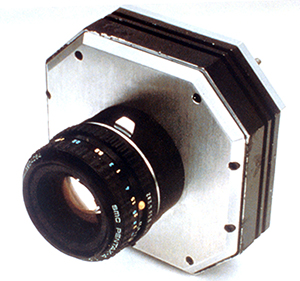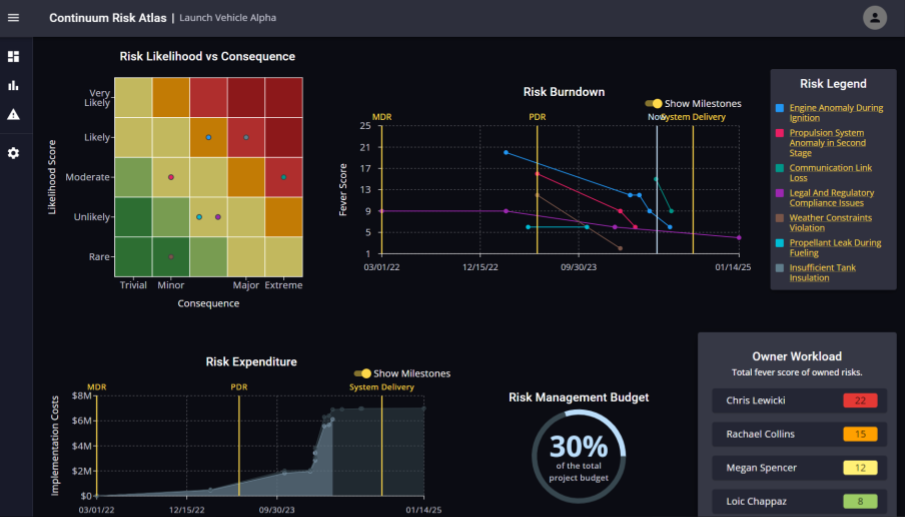Night Vision Camera
Low light-level viewing devices are typically used by the military services for surveillance and intelligence-gathering activities at night or in conditions of poor visibility; they are additionally used in such applications as medical imaging and spectroscopy. Conventional low light TV imaging systems generally employ image intensifiers together with Charged-Coupled Devices (CCDs), cameras that capture scenes electronically (without film) and produce a digital image with relatively high resolution.
PixelVision, Inc., Beaverton, Oregon has introduced a new Night Video (Night Video is a trademark of PixelVision, Inc.) NV652 Back-illuminated CCD Camera that operates without an image intensifier, thereby freeing the system of certain limitations imposed by the intensifier, yet it is capable of acquiring quality images at low light levels previously attainable only with image intensifier tubes; the development drew upon technology developed by Scientific Imaging Technologies, Inc. (SITe), also of Beaverton, and on the expertise of a longtime CCD developer.
Conventional video cameras use front-illuminated CCDs that impose some limitations on performance. The Night Video NV652 system illuminates and collects charge through the back surface; this design permits the image's photon to enter the CCD unobstructed, allowing for high efficiency light detection in the visible and ultraviolet wavelengths. In a typical airborne military observation application, the NV652 camera offers advantages over standard intensified CCD sensors, according to scientists who developed the back-illuminated sensor. They include greater resolution under low light conditions through increased sensitivity; better target identification through superior contrast and resolution; lower cost; and longer lifetime through increased reliability.
The back illumination technology that is key to the NV652's sensitivity was developed by SITe; George M. Williams, who worked on the program as a SITe employee, has joined PixelVision as vice president and general manager of the Commercial Systems Division. The NASA technology input was provided by James R. Janesick, PixelVision vice president, chief scientific officer and director of the company's Advanced Sensors Division; Janesick was formerly with Jet Propulsion Laboratory, where he acquired 23 years of experience in CCD technology and systems design.
The NV652 night vision camera is representative of a broad line of PixelVision back illuminated low light level imaging devices for government, medical, scientific and industrial applications. Vice president Janesick states that the company's focus is on marketing advanced CCD technology for ultra-large, ultra-high speed arrays used in medical, scientific and movie digital camera systems.

The sensor in PixelVision's NV652 Night Video low light level camera makes night flying safer by increasing visibility.













